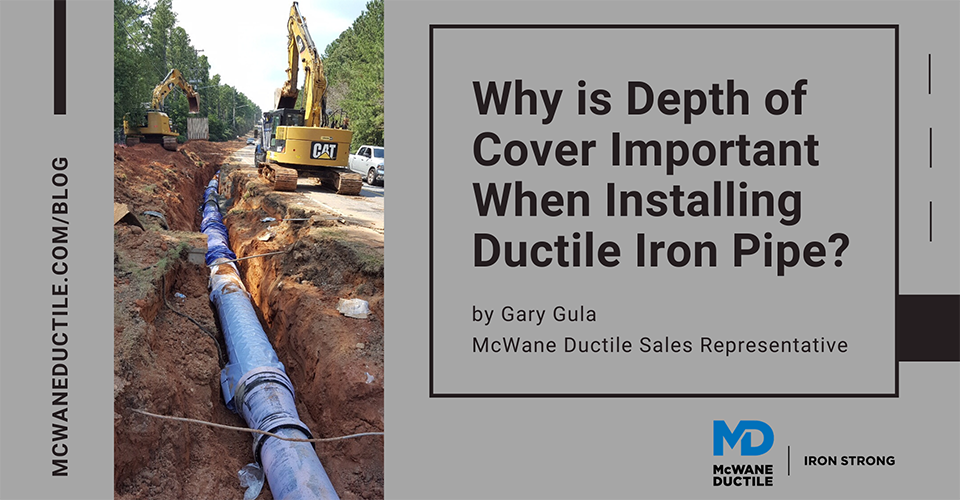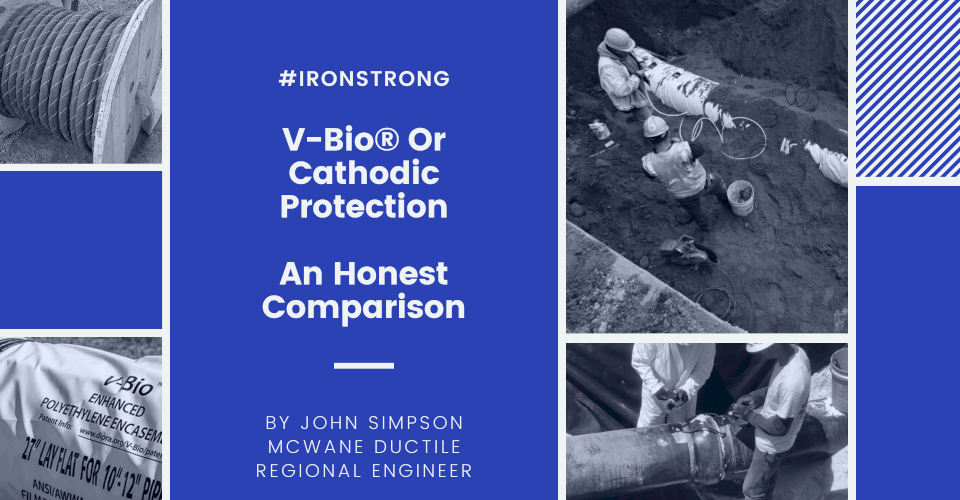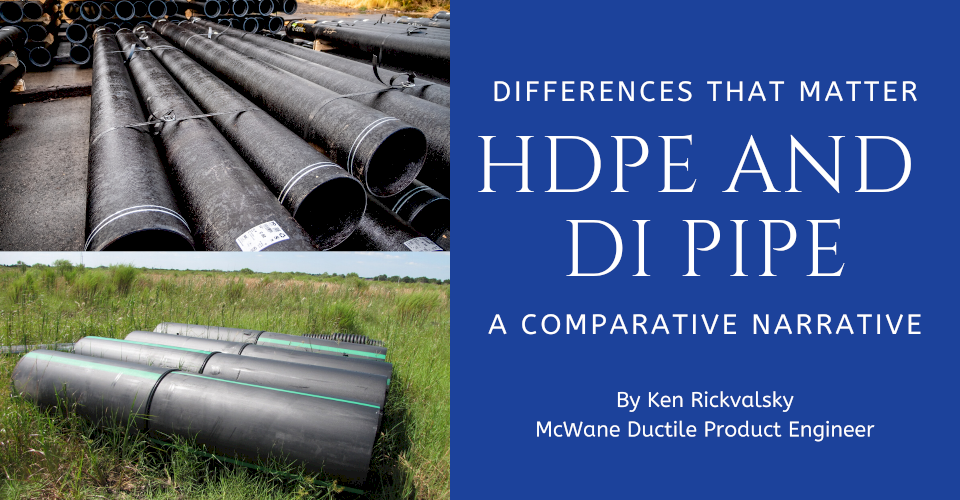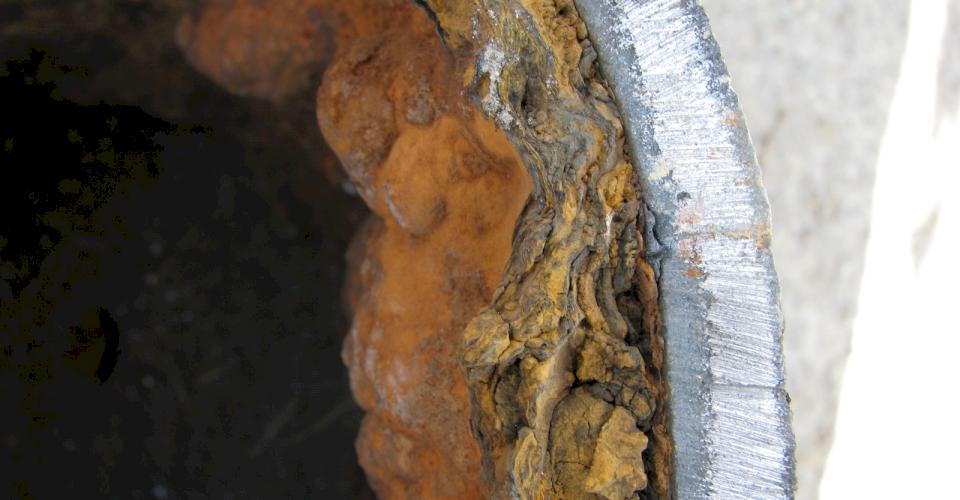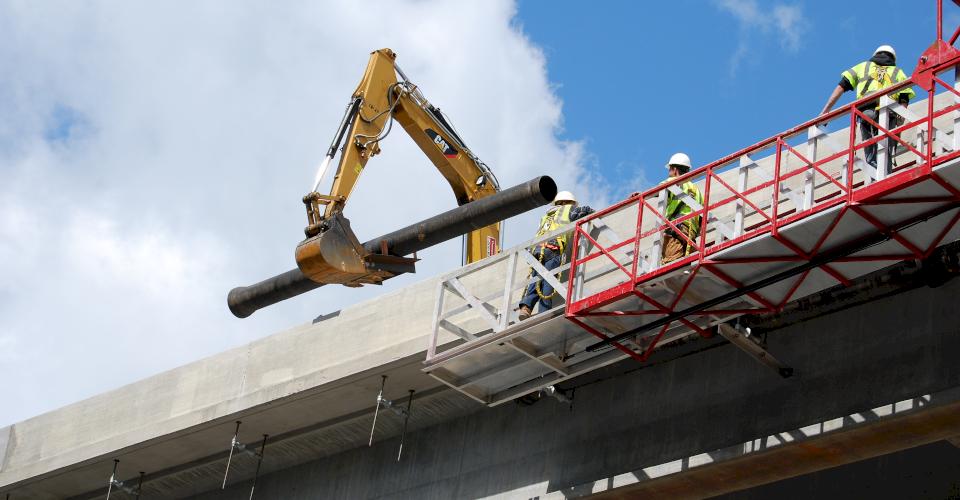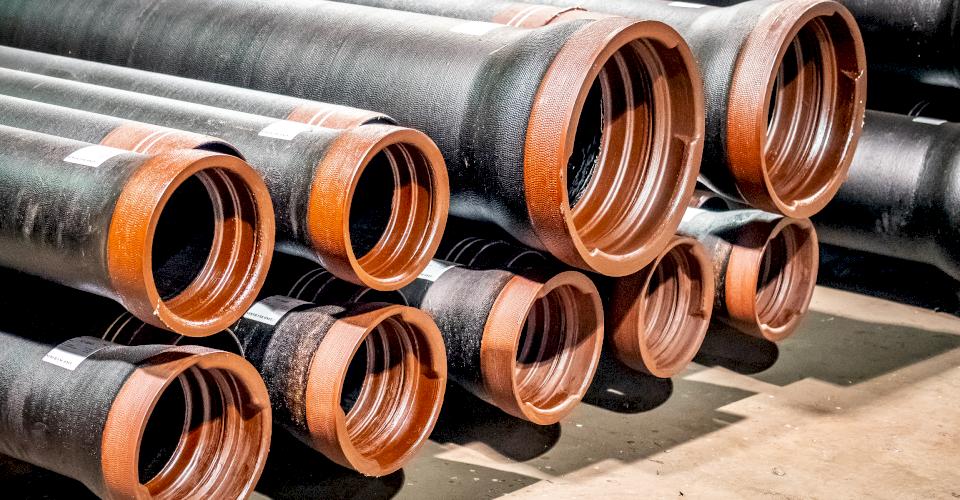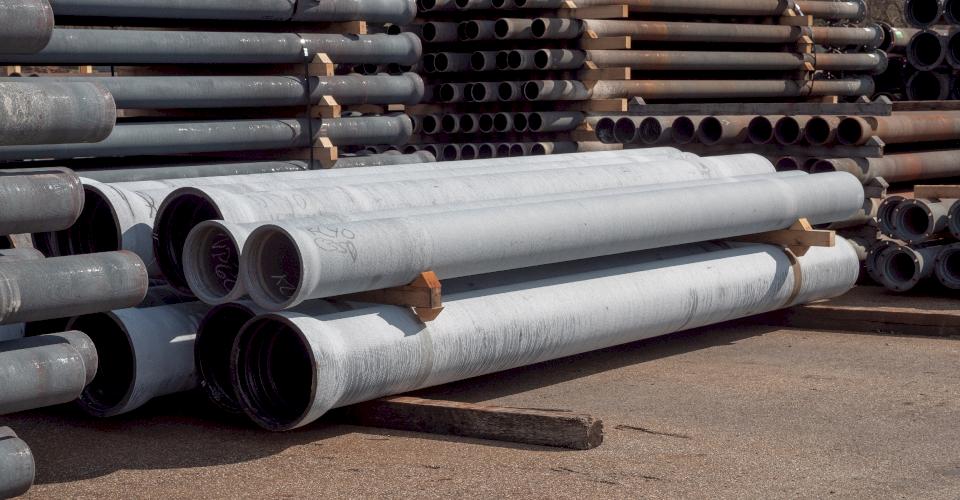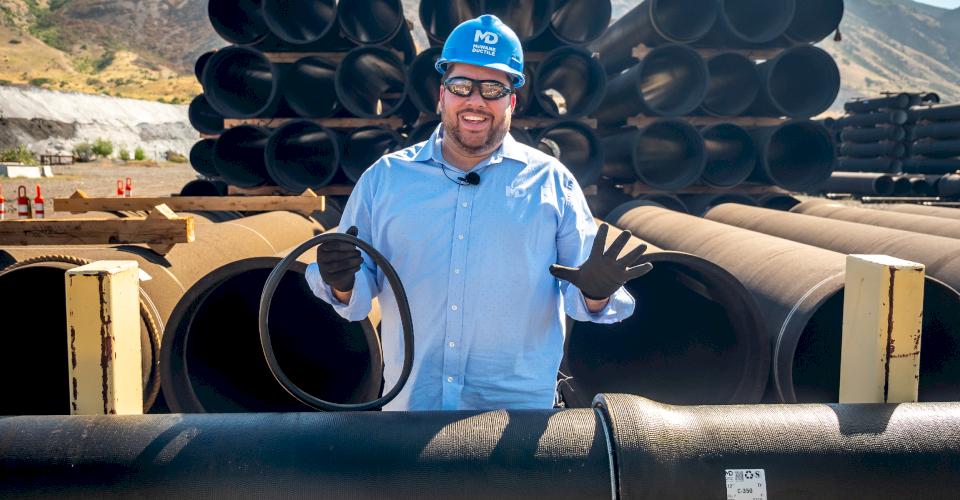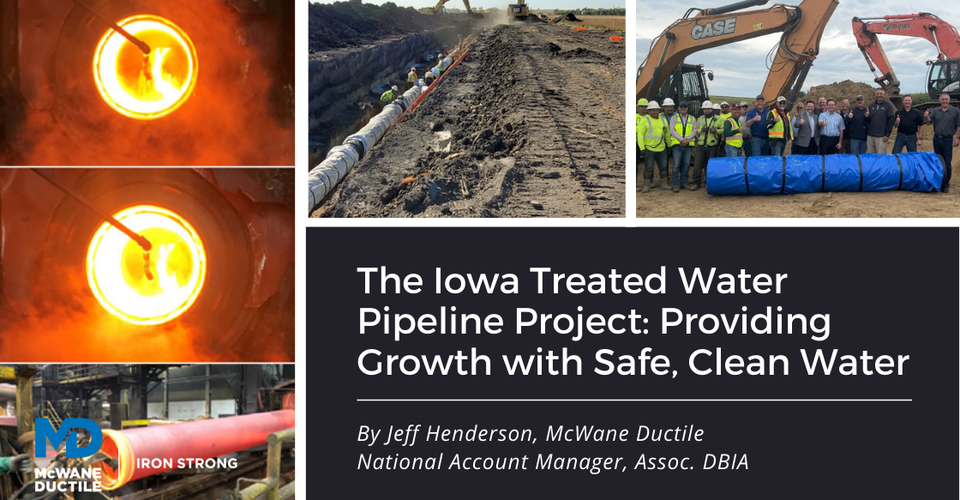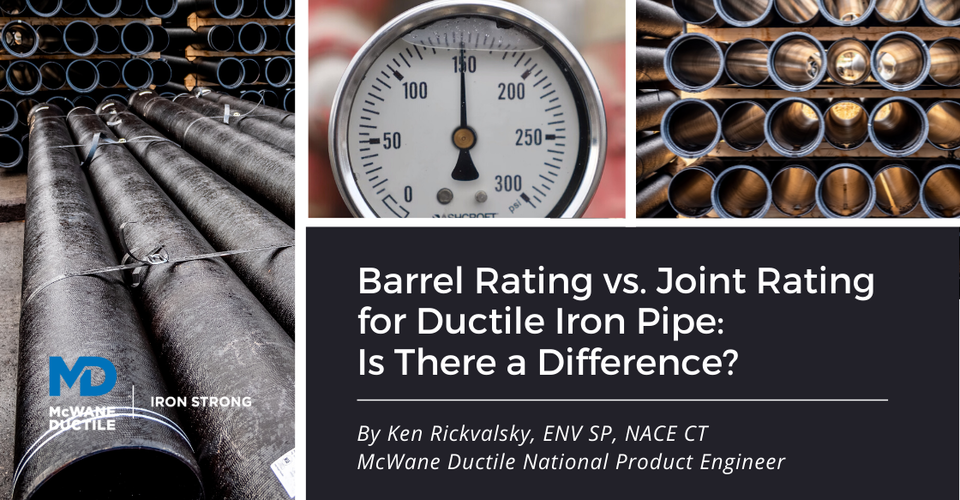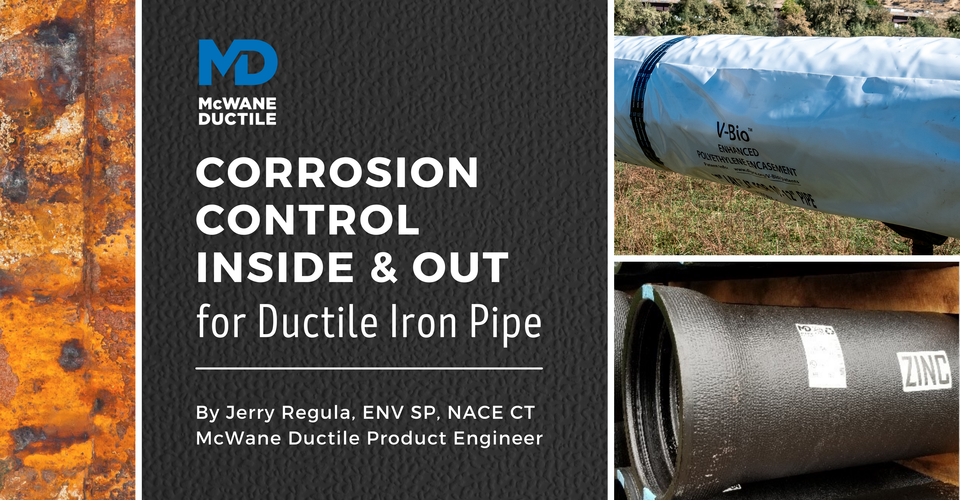-
Safe Drinking Water - How Do We Ensure The Highest Standards?
01/03/2020 In Our Company Products TechnicalSafe drinking water is essential for sustainable human life. Do you lie awake at night wondering if the water you are drinking is safe? Do you dream about the type of water lines used to transport water to your home or business?
If you are a design engineer or an official responsible for providing clean, safe water to hundreds, thousands, or even millions of residents, then you are most likely the type of person who dedicates a major portion of your time thinking about water quality.
Thankfully, there are entities and standards in place to ensure that products used in water transportation systems are of the utmost quality. In this blog, we’ll discuss the who, what, why, and how products designed to transport safe drinking water are monitored and tested during the manufacturing process at McWane Ductile to meet quality standards.
-
Why is Depth of Cover Important When Installing Ductile Iron Pipe?
12/20/2019 In Installation TechnicalWithin this article, we will discuss Depth of Cover and the key factors to consider when selecting the type of trench (or laying condition) for your application. We’ll also discuss why it is important to choose the correct trench application, not only for today, but for future adjustments or improvements that are planned for the surrounding area where the pipeline is being installed.
-
V-Bio® Or Cathodic Protection – An Honest Comparison
12/13/2019 In Installation Products TechnicalOdds are you may not be a certified corrosion specialist or an expert in the corrosion field for that matter. Most engineers that are responsible for specifying water projects are not. There are of course engineers who dedicate their entire careers to the subject. The good news is that McWane Ductile is committed to excellence in the corrosion field and provides professionals to assist you with making sound decisions regarding corrosion control.
-
Key Considerations When Using DI Pipe for Bridge Crossings
11/29/2019 In Installation TechnicalBridge crossings, like many projects, can go extremely well with the proper upfront considerations. We will discuss the benefits of utilizing TR Flex® Ductile Iron Pipe, and take a look at key topics involved in completing bridge crossing projects.
-
HDPE and DI Pipe - Differences That Matter - A Comparative Narrative
11/22/2019 In Installation TechnicalWhen choosing an appropriate utility piping material for your water or wastewater project, there is so much more to consider than just the purchase price alone. This comparison between two popular piping materials – HDPE and Ductile iron pipe – demonstrates the need for more than just a cursory review or habitual choice. At McWane Ductile, we are always available to run through the matrix with you. Some installations or conditions do favor alternate materials, yet it’s hardly ever a cut-and-dried deal. Let’s take a closer look to find out why.
-
What is Tuberculation and Why Did it Happen in Iron Pipe?
10/25/2019 In TechnicalGray cast iron pipe was originally sold with no lining or coating on the interior of the pipe. After many years of study, it became apparent that the inside of cast iron pipe might be affected by certain types of water. So, starting around 1860, most grey iron pipe was sold with a hot-dip bituminous coating.
-
Exorcising Restraint: Deleting the Demonology
10/18/2019 In Installation TechnicalGaskets Are Great
Rubber gaskets are the reliable workhorse of any Ductile iron pipe (DI pipe) joint. They provide long-lasting flexibility and a watertight seal against internal pressures upwards of 1,000 psi.
What they don’t do, however, is bind the joint longitudinally against such forces. In fact, without assistance from other variables, a push-on or mechanical joint of any diameter would calmly separate lengthwise against pressures as low as 50 psi.
-
How to Properly Pressure Wash Ductile Iron Pipe with Protecto 401 and/or Cement Lining
10/15/2019 In TechnicalNowadays, it seems more and more municipalities and utilities are requiring contractors to hire someone to pressure wash Protecto 401TM -lined ductile iron pipe before they will accept the pipe into their system.
-
Why Zinc on Ductile Iron Pipe and What's the Hype?
10/10/2019 In Installation Products TechnicalOver the past several years, you may have heard a lot about applying zinc to your Ductile iron pipe as either a means of corrosion protection or as an added product which will extend the life of DI pipe in a non-corrosive environment. In this blog, we will look a bit closer at the origin of the practice and effectiveness of using zinc for external corrosion protection.
-
How to Avoid a Displaced or Rolled Gasket
09/13/2019 In Installation TechnicalEvery day around the world, Ductile iron pipe is being installed and used to provide individuals and families the luxury of having quick and easy access to clean water. From the manufacture to the contractor, the end goal is the same; that each pipe joint form a watertight seal after proper assembly.
A displaced or rolled gasket creating water loss in a ductile iron pipeline is one of the most common errors that occurs during joint assembly. Using the resources and experience of McWane Ductile’s long history of manufacturing iron pipe, this blog will provide some helpful tips regarding how to avoid this costly mistake when installing push-on joint pipe.
Latest Posts
- The Iowa Treated Water Pipeline Project: Providing Growth with Safe, Clean Water 11/09/2021 In Installation Services
- Hydrotesting on Slopes: The Hills Have PSI! 10/28/2021 In Installation Technical
- Barrel Rating vs. Joint Rating for Ductile Iron Pipe: Is There a Difference? 10/15/2021 In Technical
- Corrosion Control - Inside and Out - for Ductile Iron Pipe 10/08/2021 In Products Technical


